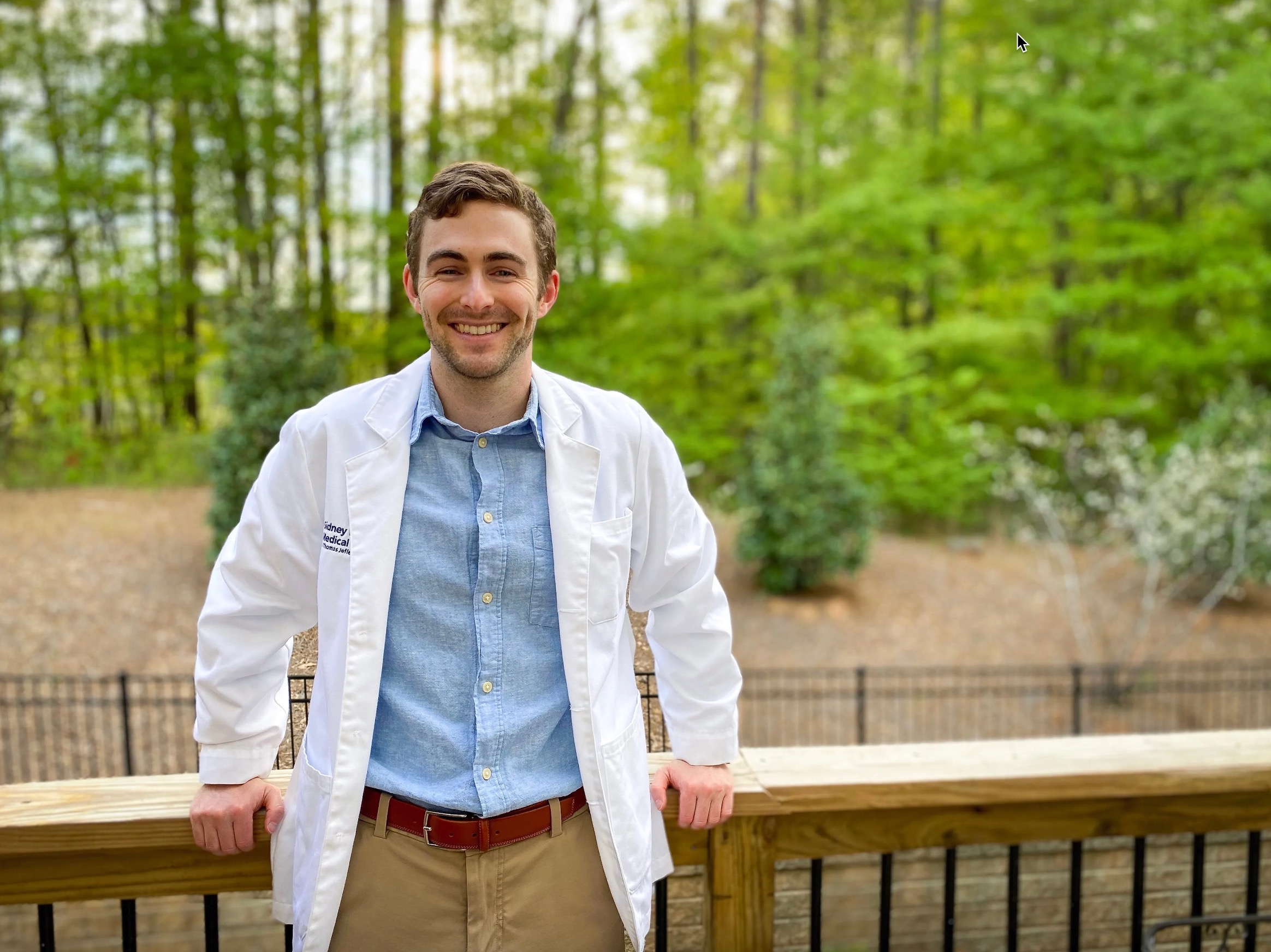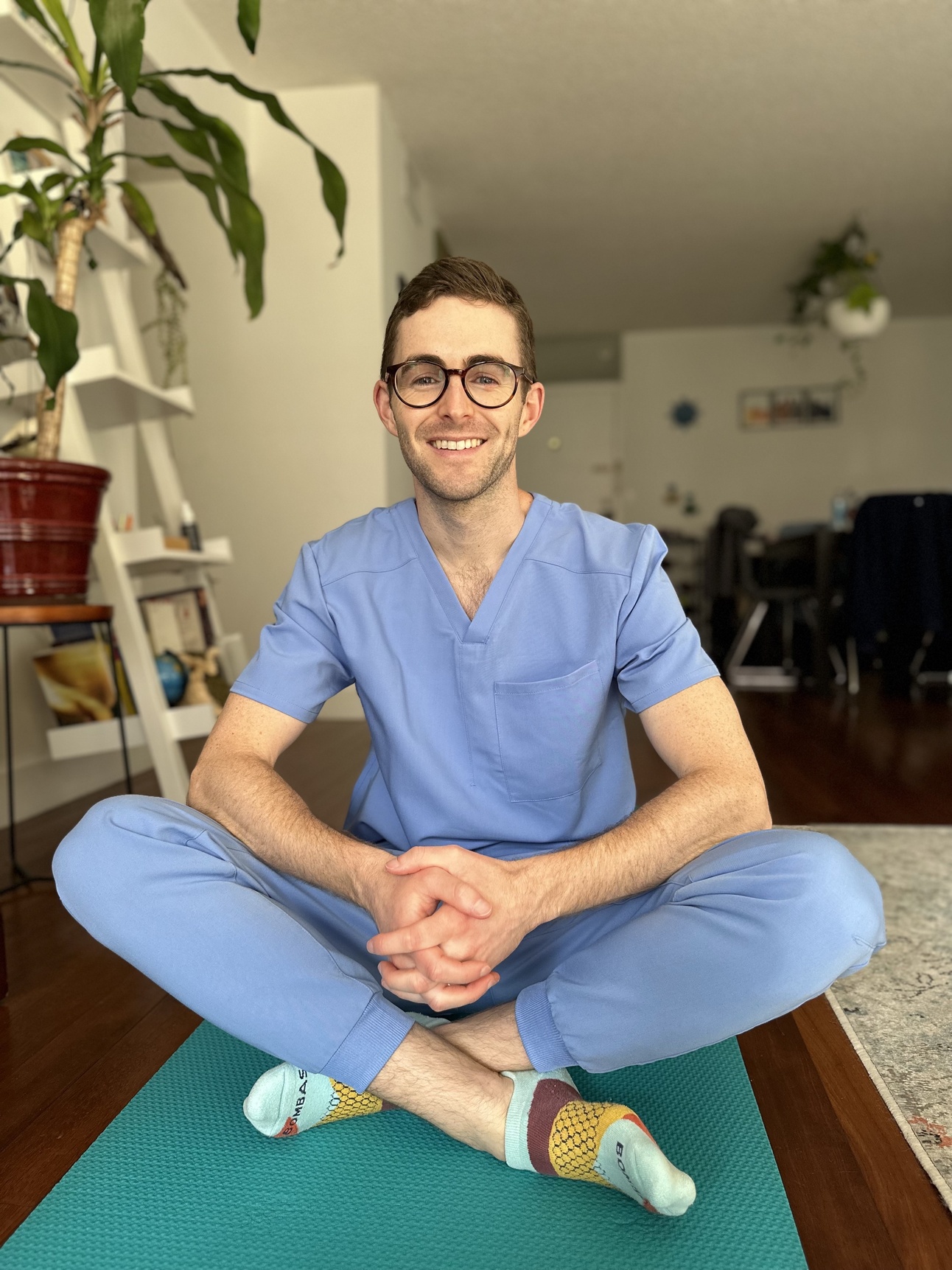This week, I am excited to share with you a meditation starter guide, inspired by my personal experience and the wealth of research supporting mindfulness and meditation as powerful tools for mental health.
Part 1: My Personal Journey with Meditation

When I was in college, around the time I was being denied by every medical school I applied to (fun times…), I started to feel off. For weeks I was struggling to fall asleep – ruminating on thoughts – and felt like my body and mind were on overdrive. I went to the doctor, received blood work, and everything came back normal. After asking me a lot of questions, the doctor told me that I was most likely experiencing anxiety.
“ANXIETY? ME?! YOU GOT THE WRONG GUY!” I remember thinking.
Turns out, the Doc was right. Once I accepted the fact that I was experiencing anxiety – I knew I had to do something about it. I remember calling my Mom and telling her what I was going through and she actually recommended trying meditation.
MEDITATION? ME?! NO WAY!
I used to think meditation was some sort of practice where you had to sit cross-legged and whisper “ommmmm” while incense aroma circled around your head.
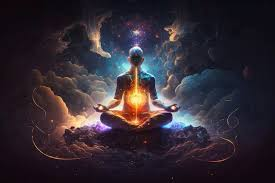
Fortunately, I was open minded enough to Google meditation and do some research. I was shocked by the amount of research showing how meditation and mindfulness can help reduce symptoms of anxiety. I decided to download the Headspace app, hit “play” on the first meditation session I saw, and closed my eyes.
10 minutes later, I opened my eyes and was transformed into a new man. Okay, it wasn’t that dramatic… but the experience was pretty incredible.
For the first time in what seemed like years, it felt like I was able to disconnect from my thoughts & feelings and view them from afar, instead of being all tangled up with them. The best way I can describe it is that it felt like I was sitting next to a river watching my thoughts drift by, as if they were leaves floating in the water. I noticed them, observed them, and watched them go.
This picture illustrates it perfectly:

Being stuck in thoughts vs observing thoughts
Since then, I’ve meditated every day and for the last 5 years, meditation has been a cornerstone of my daily routine.
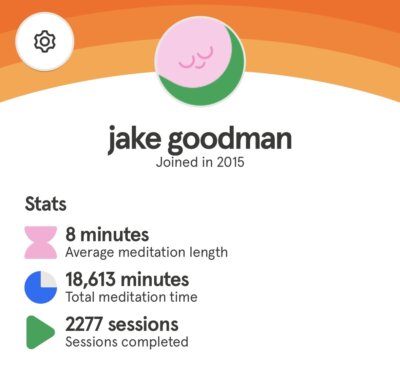
Meditation has changed my life in 3 major ways:
- It’s allowed me to be more present in the moment, whether it’s trying a food for the first time, riding a bike, or hanging out with my wife.
- It’s provided me a tool to use to face anxiety head on and remind myself that just like the floating leaf in the river, this too shall pass.
- It’s helped me reclaim some control over my mindset and emotions.
Part 2: The History and Science of Meditation
The roots of meditation trace back THOUSANDS of years, with ancient civilizations such as Hinduism and Buddhism incorporating meditation into spiritual practices for mindfulness and enlightenment.
In modern times, public figures like Oprah Winfrey, LeBron James, and Alex Morgan have openly shared their devotion to meditation, highlighting its benefits for mental clarity, stress reduction, and overall well-being.

Scientific research has delved into the neurological and psychological effects of meditation, revealing its capacity to rewire neural pathways associated with stress response and emotional regulation. Studies have consistently demonstrated the efficacy of mindfulness-based practices in reducing symptoms of anxiety, depression, and PTSD.
One of the biggest myths associated with meditation is that you have to be able to “clear your mind”. Meditation isn’t about that. I can’t clear my mind on demand, and I’ve been doing this EVERY DAY for 5 years straight. What I can do is sit, close my eyes, observe as thoughts come to the surface, LABEL them for what they are (this takes the power away from them), and then let the thoughts pass and make way for new ones to come up and eventually pass. I cannot express how crucial learning this skill is. I teach meditation to many of my patients as a way to reduce anxiety or stress in the moment, and I think that all children should be taught how to meditate in school (a conversation for a different day…)

Part 3: A Step-by-Step Guide to Meditation
Okay, here we go. Some of you may see this list and think that it looks too simple to be legit. But that’s exactly it. Meditation is almost so simple that it’s hard. It doesn’t take hours. You can benefit from only 5 minutes a day. I do 5-10 minutes a day, no more, no less. And most of the time, I do GUIDED meditation sessions, meaning someone is walking me through exactly what to do. I def recommend this to new meditators!
LASTLY — a quick disclaimer:
Meditation CAN occasionally cause anxiety for some people because it might be the first time that someone truly SITS with their thoughts. It CAN bring things to the surface that have previously been hidden. Meditation may NOT for everyone. If you have questions or concerns before starting meditation, please consider talking to your doctor about this, and remember that although I love teaching mental health concepts to you all in this newsletter, it doesn’t assume a doctor-patient relationship and my teachings don’t substitute for medical advice.
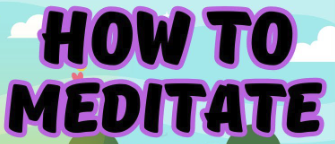
1. Find a Quiet Space: Choose a peaceful environment where you can sit comfortably without distractions.
2. Get Comfortable: Sit or lie down in a relaxed position, ensuring your spine is straight but not super rigid.
3. Focus on Your Breath: Close your eyes gently and bring your attention to your breath. Notice the sensation of each inhale and exhale.
4. Practice Mindfulness: As thoughts or sensations arise (and they will arise, unless you’ve reached Monk status) acknowledge them without judgment and gently guide your focus back to your breath. This part is crucial. Mind wondering? Go back to your breath. Feeling an uncomfortable emotion? Go back to your breath. Remember the river metaphor! Go back to your breath! Your breath is the centerpiece that keeps you grounded.
5. Set a Timer or Start a session: Start with a manageable duration, such as 5-10 minutes, gradually extending as you become more comfortable.
6. End Mindfully: When your session ends or your timer rings, take a moment to appreciate the stillness and carry the sense of calm into your day.
Remember, meditation is a journey, not a destination. Be patient with yourself, embrace each session with openness, and allow yourself to grow through the practice.
Closing Thoughts
Meditating on your own is not easy, especially at first. I use Headspace as my go-to meditation app, but Calm is great too (amongst others).
I’m going to include my 30 day Guest Pass for Headspace for anyone that wants to give it a try. P.S. This isn’t sponsored & I don’t get any benefits from sharing my link, it’s just for you to try Headspace for 30 days. If you don’t like it, or don’t want to pay for it, set a reminder to cancel your subscription before 30 days!

Heart to Heart
with Laura Joseph
Am I self sabotaging again? What’s wrong with me? Am I doing it right?
Meditation has been a recommendation for me many times. As someone who lives in my head most of the day, it’s been something I have wanted to adopt over the last few years. I’ve started and stopped many times, never feeling like I was doing it “right” or it “worked.”
Recently, I began again. I didn’t aim for 30 minutes a day, I didn’t worry about laying down or sitting up, if I had ambient noise, silence or was guided; I didn’t worry if it did it as soon as I woke up or whether I had coffee or phone time beforehand. I just made a point to do it.
When we struggle with mental health all these extraneous questions can keep us paralyzed from action. I let that be true for years, before getting annoyed with my own stuckness.
“5 minutes, that’s what I’ll start with.” I said this with as little judgment or higher expectation as possible.
Goal: sit with myself, focus on “inhale and exhale,” be aware of when I am lost in thought, and bring it back to breath. I did it. I’ll admit, not very well (see, judgment) but I did it. And I’m still doing it.
Retraining anything is hard, especially after years of being on mental autopilot, somewhere I don’t realize I’m in 99% of the time. The other day I realized I feel disconnected when I’m not in my head! Surprise! This is the opposite of what we want to feel. Connection to self is in the body, not in the mind. To get something you’ve never had, we must do things we’ve never done!
5 minutes. Set a timer. I’m here with you.
Let’s Begin 😊
Sources
- Keng SL, Smoski MJ, Robins CJ. Effects of mindfulness on psychological health: a review of empirical studies. Clin Psychol Rev. 2011 Aug;31(6):1041-56. doi: 10.1016/j.cpr.2011.04.006. Epub 2011 May 13. PMID: 21802619; PMCID: PMC3679190.
- Wielgosz J, Goldberg SB, Kral TRA, Dunne JD, Davidson RJ. Mindfulness Meditation and Psychopathology. Annu Rev Clin Psychol. 2019 May 7;15:285-316. doi: 10.1146/annurev-clinpsy-021815-093423. Epub 2018 Dec 10. PMID: 30525995; PMCID: PMC6597263.
- Mayo Clinic: www.mayoclinic.org/tests-procedures/meditation/in-depth/meditation/art-20045858
Disclaimer: These emails do not assume a doctor-patient relationship, and my information is not intended to substitute for medical advice. I offer science-backed educational information aimed at empowering you to live your best life. Always consult your personal doctor before starting any treatment.
You Are Not Alone
For you or a loved one to be diagnosed with a brain or mental health-related illness or disorder is overwhelming, and leads to a quest for support and answers to important questions. UBA has built a safe, caring and compassionate community for you to share your journey, connect with others in similar situations, learn about breakthroughs, and to simply find comfort.

Make a Donation, Make a Difference
We have a close relationship with researchers working on an array of brain and mental health-related issues and disorders. We keep abreast with cutting-edge research projects and fund those with the greatest insight and promise. Please donate generously today; help make a difference for your loved ones, now and in their future.
The United Brain Association – No Mind Left Behind

